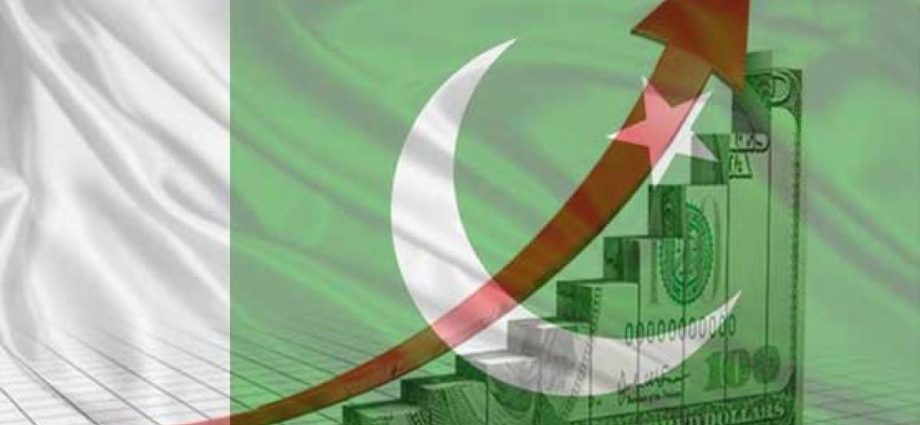In FY21, Pakistan reentered the international capital markets after a gap of over 3 years in early April 2021 and SBP’s foreign exchange reserves rose to record high level
ISLAMABAD ( Javed Mahmood )
The third quarterly report of the State Bank of Pakistan for FY21 pointed out that there was growing evidence that the economic recovery gathered further momentum during the third quarter of FY21. The turnaround in the industrial sector, particularly large scale manufacturing (LSM), and the services sector, most notably in wholesale and retail trade, played a pivotal role. In the agriculture sector, record output of four out of five important crops – namely wheat, rice, maize and sugarcane – offset the decline in cotton production. Further growth in high frequency demand indicators, such as local cement dispatches, Petroleum Oil and Lubricants (POL) and car sales, consumer financing, sales of Fast Moving Consumer Goods (FMCG), and power generation, reflected the accelerating rebound in economic activity. Against this backdrop, real GDP growth is provisionally estimated to be 3.9 percent for the full year, compared to a contraction of 0.5 percent in FY20. State Bank of Pakistan released its 3rd Quarterly report for the FY21 on Friday (July 16).




